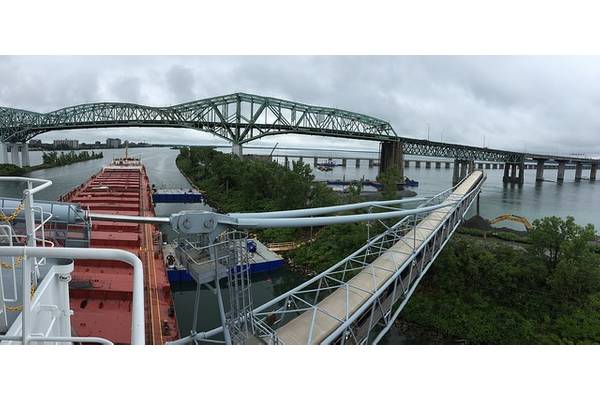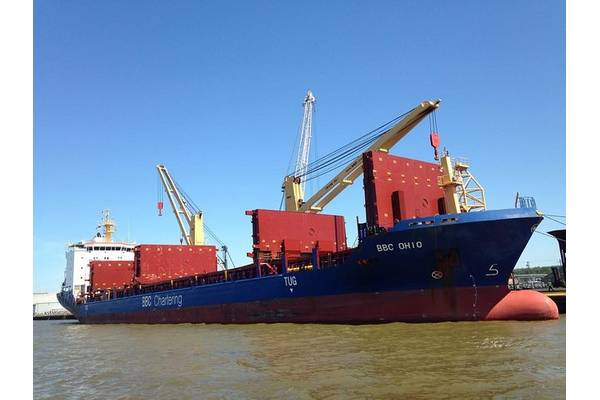10 Reasons to Celebrate Great Lakes-Seaway Shipping on National Maritime Day
Posted by Michelle Howard
May 20, 2016

Photo: Chamber of Marine Commerce

Photo: Chamber of Marine Commerce
The Chamber of Marine Commerce this weekend joins the nation in honoring America’s maritime heritage and the men and women who serve as merchant mariners with a Top 10 list of reasons to celebrate Great Lakes-Seaway shipping.
“National Maritime Day this Sunday is an opportunity to remind people of how mariners contribute to the prosperity, safety and sustainability of American communities,” says Stephen Brooks, President of the Chamber of Marine Commerce. “Not everyone realizes the breadth of industries that rely on Great Lakes-Seaway shipping to help run theirfactories and export their products. But the benefits go far beyond economic security and job creation. Marine transport alleviates congested roadways, lowers the risk of accidents and reduces the country’s carbon and air emissions.”
Chamber’s Top 10 reasons to celebrate Great Lakes-Seaway shipping:
- Supports 128,000 U.S. jobs.
- Generates $18 billion in U.S. revenues and nearly $10 billion in employment wages.
- Pays $2.7 billion in federal and state taxes.
- Delivers more than 80 percent of the iron ore used in the U.S. steel industry
- Helps lower the cost of materials to build U.S. highways and cities; keep roadways safe in the winter; and generate heat and electricity for homes.
- Connects farmers and manufacturers to domestic and 60+ international export markets.
- Keeps the public safe. Between 2002-2011, vessel collisions in the bi-national Great Lakes-Seaway navigation system resulted in zero fatalities and injuries to members of the public. (Source: Analysis of data from the U.S. Coast Guard and Canadian Transportation Safety Board)
- Has the lowest carbon footprint. Rail and truck would respectively emit 19 percent and 533 percent more greenhouse gas emissions per cargo-ton-mile if these modes carried the same cargo the same distance as the Great Lakes-Seaway fleet. (Source: Research and Traffic Group, 2013)
- Reduces road congestion. One ship (depending on size) carries the same amount of cargo as between 963 and 2,340 trucks.
- New ship designs and engine technology introduced over the next 10 years to meet regulatory changes will reduce air emissions like Nitrogen Oxides by 86% and Sulfur Oxides by 99%.




